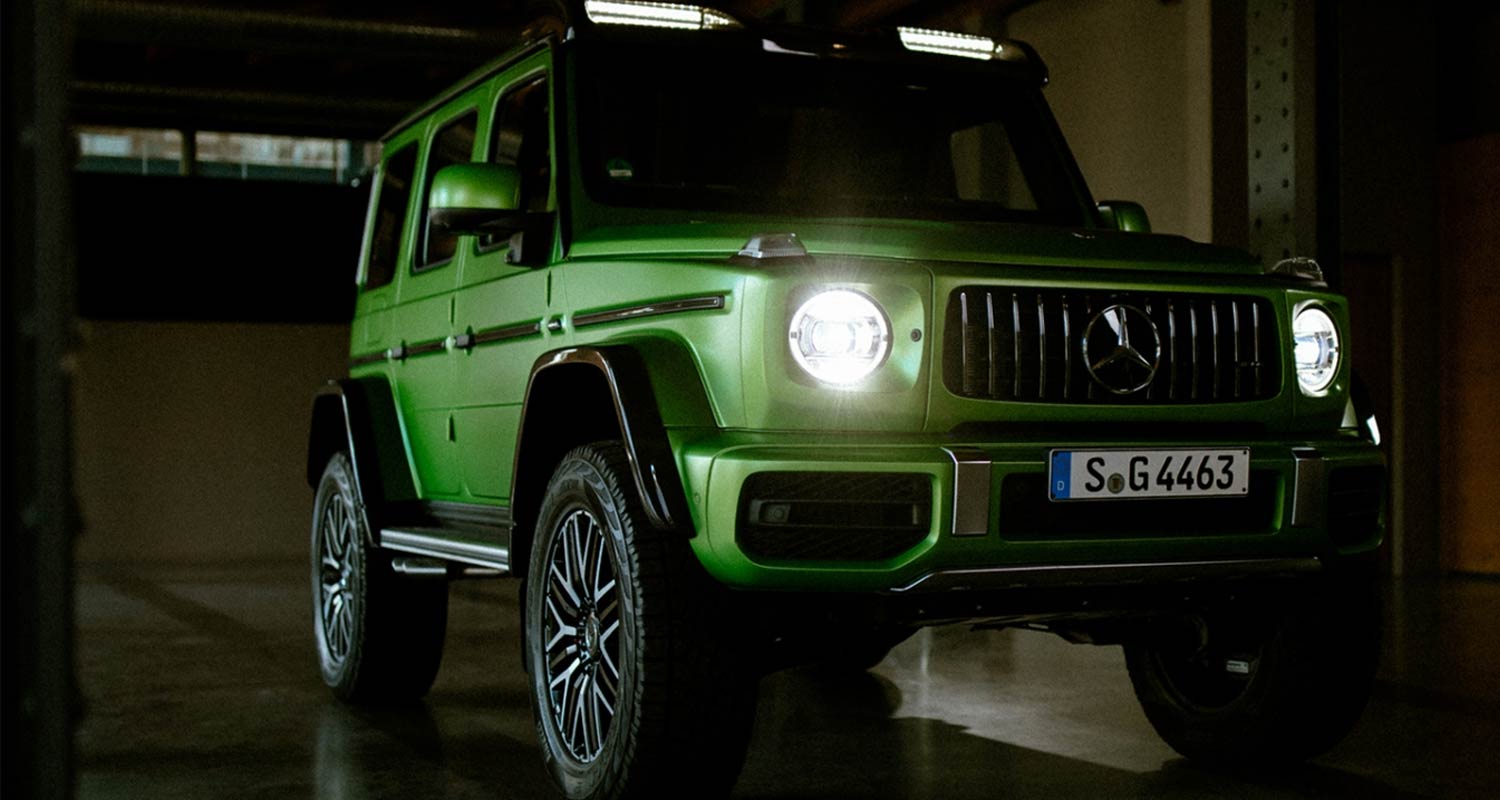Have you ever ever been working your method down the freeway in a rental automobile and all of the sudden the steering wheel refuses to conform along with your determination to alter lanes? That short-term resistance — a part of a supposedly useful device referred to as “lane help” — is supposed to forestall you from altering lanes too shortly. However it may be so oddly timed, and jarring, that it distracts you from the highway, having the precise reverse of its meant impact (selling comfort and security).
Now, greater than another time up to now century, is probably the most thrilling time to purchase a automobile. So, why does it really feel as if we’re plagued with new improvements which can be driving us mad?
The market is saturated with automobile choices. There are dozens of electrical autos and a whole bunch of hybrids; luxurious sedans that (virtually) drive themselves; SUVs that may crab-walk and spin; 1 400kW hypercars; and million-dollar sports activities vehicles made to appear to be they’re 40 years previous.
Even reasonably priced economic system vehicles supply practically seamless connections between your automobile and your smartphone. To make issues extra thrilling, as automobile makers in Europe and America battle for each sliver of consideration from consumers of their areas, an armada of Chinese language producers is creating much more superior and reasonably priced wares that might be part of the combination.
However not each technological gewgaw represents progress. Some are downright annoying, like that lane help and preemptive braking so delicate it makes the automobile really feel like a carnival experience on the fritz. (Preemptive braking is a management perform that applies the brakes when the automobile decides its present pace is unsafe.) Drive modes and shifters that contain screens and levers relatively than a stick within the centre console also can really feel like a step again.
“Unintuitive gear shifters are a difficulty from a number of manufacturers together with Jeep, Mercedes and Tesla,” says Rebecca Lindland, an automotive business analyst and innovation marketing consultant. “Anybody who goes by the automobile wash — and desires to seek out impartial whereas some well-meaning attendant breathes down your neck and your automobile rolls in the direction of that first large brush squirting cleaning soap out — is aware of what I’m speaking about.”
Fashionable doodads
Fashionable doodads and novel designs that detract from, relatively than improve, the driving expertise are the alternative of progress, she says. They are often so distracting as to change into harmful. “There’s nothing unsuitable with innovation,” Lindland says. “However anytime you might be innovating for human use, there must be a baseline of ergonomic instinct, purposeful enchancment and security.”
We’ve lengthy stored our personal psychological tally of car-related pet peeves. Seems, nearly everybody else has one, too. So, we determined to make a listing. We surveyed hundreds of our followers on social media and spoke with automotive lovers and analysts.
We requested, “What automobile traits do you hate?”, and obtained responses like puddle lights, Cybertrucks, auto cease/begin, faux exhaust ideas and bumper stickers. A number of principal themes emerged, too. Right here’s what we heard.
Outdoors the automobile
Poorly positioned rear pillars. “Visibility remains to be so essential, no matter expertise,” says Marcus Stewart, a New York-based mannequin and actual property investor who not too long ago minimize brief a Jeep Cherokee rental as a result of the rig had such bad traces within the rear they impeded his eyesight. “The blind spots actually made me need to park the automobile.”
Plastic cladding is the worst, says Keith Naughton, a Bloomberg motoring journalist in Detroit. Automotive makers and aftermarket retailers affix these nonessential hunks of plastic to vehicles or SUVs to make them look larger or more durable, however they’re nothing greater than beauty clip-ons. They actually simply appear to be a foul toupee, Naughton says. “In order for you the silhouette of your automobile to look rugged, simply design it that technique to start with and stamp the physique panels along with your interpretation of toughness,” he says. “Don’t design a bland physique panel after which attempt to butch it up with bulbous plastic bits.”
Automobiles formed like lozenges are one other black eye for a lot of drivers. Designed to maximise effectivity and scale back drag, they appear to have no regard to magnificence, character or model. (See Mercedes-Benz sedans just like the EQS for Exhibit A.)

Door handles that sit flush with the physique of the automobile, then come out when the important thing fob approaches, grate on these of us (this writer included) who embrace practicality in design. Supposed to cut back drag, they’re usually mistimed with the sensor that opens them, so they seem too late or too early to naturally seize the deal with and open the door. Neglect making a fast getaway — these doorways are sluggish and awkward if you need to simply leap within the automobile and go.
Oversize SUVs. Discuss an arms-race on the highway. Tesla’s Cybertruck is 1.8m tall and is sort of 5.7m lengthy — the size of three king-size mattresses laid out high to backside, or two Volkswagen Beetles.
Then there’s the $349 000 (R6.2-million) Mercedes-AMG G63 4×4², which, with a roof practically 2.5m excessive, is simply too tall to drive underneath the entry gate at most parking garages. Such giant autos hog area on the highway, impede parking in small areas, exacerbate injury within the case of accidents and usually go away their entitled-feeling drivers with a way of superiority from their lofty seating positions.
Contained in the automobile
Touchscreens. The highest criticism we obtained from all of our conversations is that nobody likes too many screens their automobile. From the skateboard-size screens at Mercedes-Benz right down to the tiny screens behind — and touchpads on — the steering wheel of the Ferrari Purosangue, which you employ to regulate easy issues like audio and quantity. These screens wormed their method into the zeitgeist largely by one model: Tesla. “By some means Elon satisfied us this was futuristic tech, relatively than a method to economize on elements and engineering,” says Kyle Inventory, a senior correspondent for Bloomberg who focuses on EVs. “I’m all for it, if the automobile hyperlinks the settings to a driver profile, however so many haven’t taken that step.”
CarPlay and Android benefit devoted screens, however research present that the majority shoppers, particularly within the premium segments, choose an analogue interface, says Tony Salerno, MD for automotive advisory and analytics at JD Energy. Nearly nobody likes historically analogue controls like side-mirror adjusters, vent instructions and seat adjusters to be baked into the pc. “Customers have been having issues with the interfaces; menus are too deep,” says Salerno. “It’s like, ‘I simply wanna flip the amount up. I need to contact a button. I don’t need to should flip between the radio and the air con, I would like to have the ability to see them each on the identical time.’”
Large glass roofs like these present in BMW’s iX and Lucid’s Air can show counterintuitive, too. These appear to be customary in most new EVs, says Inventory, however they make the HVAC system work time beyond regulation, which in flip saps the battery energy and vary. They’ll go away the inside sweltering. “It’s too rattling scorching in sunny areas,” one Instagram responder mentioned of greenhouses-style ceilings. We’ve felt the identical warmth, good friend. It’s brutal. On high of the temperature points, they’re costly. The panoramic roof possibility within the Purosangue SUV prices round £13 400 (R308 000).
Electrical autos. A big contingent of individuals informed us they’re sad with new merchandise which can be marketed as environmentally pleasant however even have large consumptive footprints, from EVs typically to Tesla specifically. (The greenhouse gases launched whereas making a battery-electric automobile account for the next portion of its life-cycle emissions than these produced making a combustion engine automobile; plus, EVs require extra treasured assets to supply — a median of about 45% extra metallic than a standard automobile — because of their elevated weight.)
Musk’s private behaviour has postpone important numbers of potential clients, in line with a number of research together with Artistic Methods, a California-based customer-experience measurer, and Strategic Imaginative and prescient, a US analysis agency consulted by automobile corporations. “The entire EV push has been, arguably, from an business standpoint, extremely mismanaged, as a result of we’ve by no means given the buyer a cause that an EV is a greater resolution than what we have already got,” Lindland says. “Customers will undertake new expertise — if it’s higher.”
 Imitation leather-based. Usually touted as an eco-friendly different to animal disguise, and generally the only possibility in EVs marketed as Earth pleasant, fake suedes and “vegan” hides are created from chemical compounds corresponding to polyurethane and polyvinyl chloride. Quite than being eco-friendly, these synthetics are made with plastics and different oil-based supplies. Genuine leather-based utilized in vehicles, then again, is a byproduct of the cattle business, an off-cast remnant that may be sustainably and ethically sourced from a family-run firm like Bridge of Weir, the Scottish leather-based home with roots way back to the 1700s.
Imitation leather-based. Usually touted as an eco-friendly different to animal disguise, and generally the only possibility in EVs marketed as Earth pleasant, fake suedes and “vegan” hides are created from chemical compounds corresponding to polyurethane and polyvinyl chloride. Quite than being eco-friendly, these synthetics are made with plastics and different oil-based supplies. Genuine leather-based utilized in vehicles, then again, is a byproduct of the cattle business, an off-cast remnant that may be sustainably and ethically sourced from a family-run firm like Bridge of Weir, the Scottish leather-based home with roots way back to the 1700s.
One ultimate beef: the frunk, as drivers generally, cringingly confer with that vacant area on the entrance of an a EV the place the engine could be. Bloomberg’s Naughton describes them as displaying “an entire lack of ingenuity”, and says he expects shoppers will finally bear in mind and mock them just like the Pet Rock craze of the Nineteen Seventies.
“Take into consideration what they’re: an enormous void in a spot the place an engine was on an inside combustion engine automobile,” he says. “But when your automobile doesn’t want an engine, why are you continue to leaving area for it and placing nothing there? It’s ridiculous. Definitely that free area might be higher utilised that simply leaving it a giant black gap.”
We really feel your ache, Keith. The battle is actual. — Hannah Elliott, (c) 2024 Bloomberg LP
Get breaking information from TechCentral on WhatsApp. Join right here — it’s free
Don’t miss:
This South African automobile rent firm gives EV leases solely